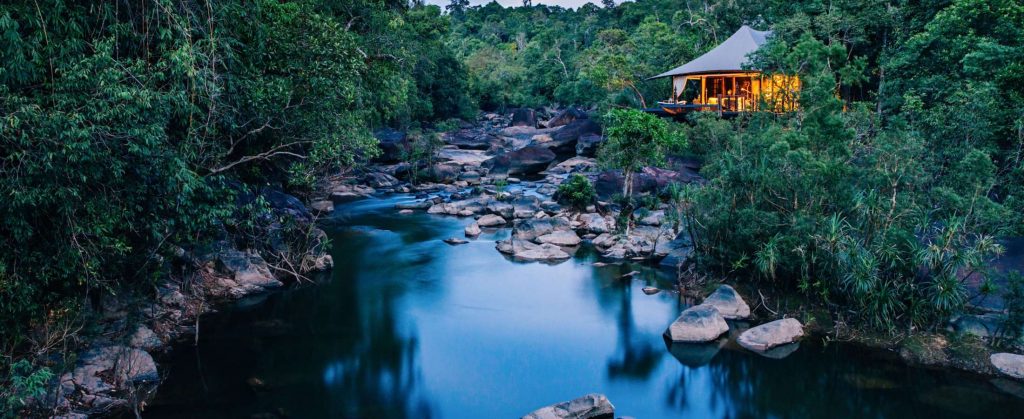As the millennial spending power continues to rise, high-end hotels are having to adapt to pull in the crowds.
While baby boomers developed a reputation for being all about ostentation – take a bow the Burj Al Arab, Dubai’s self-professed seven-star extravaganza where, mock submarines, and gold and crystal decor come as standard – the millennial market isn’t as easily impressed by rhinestones and red carpets.
Millennials – even the UHNW ones – have grown up in an era where university education costs and consumers, in the aftermath of Brexit, are being hit in the pocket with prices for everything from craft beer to cars soaring. As such, overt demonstrations of wealth – in these turbulent economic times – can hardly be described as tasteful.
Despite some of the world’s richest individuals being millennials, the generation’s they prefer minimalist decor. A comfortable bed and complimentary high-speed wifi (free internet, like oxygen, should be a basic human right) is mandatory, but they’re not worried about the size of their wardrobe (chances are they aren’t planning to unpack) or whether their bathroom boasts a bath, a bidet, and a shower. Why? Well simply put: they’re not planning on spending much time holed up in their hotel suite.
Rather, millennials are mad for experiences (memories live longer than things might well be their mantra), which helps explain the popularity of the Ace Hotel group with wealthy, young travellers, from musicians and models to tech entrepreneurs.
Rooms at Ace Hotels – which has properties all across America (Palm Springs, Portland, Seattle, LA, New York and Ore) plus one in Panama and one in Shoreditch (London) – definitely tick all the boxes, but it’s the communal bars, restaurants and the hotels’ sensitivity to their respective locations that is the big draw.
At Ace Palm Springs, you’ll spy wealthy millennials hanging out by the cool pool (a hot spot for celebrities to party, post-Coachella) drinking margaritas from glasses the size of goldfish bowls against a backdrop of the stunning San Jacinto and Santa Rosa mountains.

Meanwhile over at Ace Shoreditch – an area famed for street artists such as Banksy, Eine, Kid Acne and Conor Harrington – you’ll find a black and white photo booth, bicycles and lithe, lean twenty and thirty- somethings in skinny jeans tapping away in their MacBooks in the low-lit lobby while guest DJs spin the background to create an effortlessly cool ambience.
A juice bar, brasserie, Square Mile Coffee Roasters and, our favourite: a florist shop – operated by local florist, Hattie Fox – complete the Ace London line up and help to create the effect of a property that positively pulsates with life.
And Ace Hotels isn’t the only high-profile chain aiming to appeal to younger travellers. Earlier this year Hilton Worldwide unveiled Tru by Hilton, an offshoot designed to meet the needs of those with a “millennial mindset” by offering mobile check-in and room selection (eliminating the need to wait in line at the check-in desk).
Marriott Hotels are also getting in on the act with Moxy Hotels – Marriott International’s new millennial-focused boutique hotel concept that promises to “give guests everything they want and nothing they don’t”.
Elsewhere at Aloft, millennials can access their room using their Apple Watch, order room service via emoji (yes really) and even request, via a smartphone app, extra toiletries which are then delivered by a robot butler – a time-saving touch sure to put a smile on the face of any self-respecting millennial.
The message? If you want to woo a millennial, technology, functional space and communal design are clearly the way to go.
By Kaye Holland.








